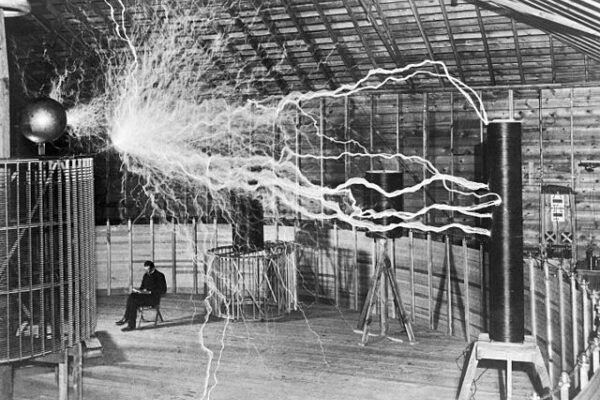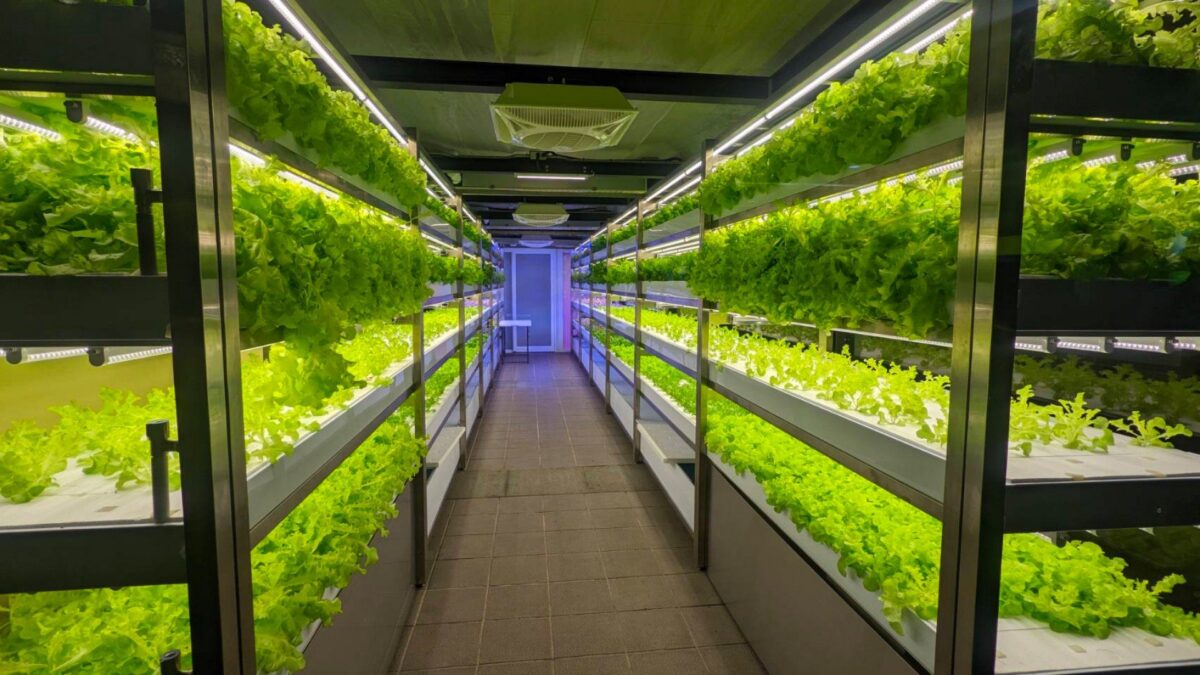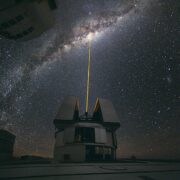
In 1901, Nikola Tesla began building Wardenclyffe Tower, an ambitious project conceived by the inventor and electrical engineer that he believed could serve as the centerpiece of his vision for wireless power transmission and global communication.
Tesla envisioned the Wardenclyffe Tower as a massive wireless transmission station located in Shoreham, Long Island, New York. The tower was designed to transmit electrical power wirelessly to any point on the planet, as well as enable wireless communication across long distances.
The Serbian genius’s idea that we can pull electricity “from the air” made him world famous. The basic idea behind Tesla’s experiment was to use the Earth as a conductor and establish a resonating electrical circuit between the tower and the Earth’s ionosphere. He believed that by utilizing this natural electrical resonance, energy could be transmitted wirelessly through the air, similar to how radio waves propagate.
Over a century after Tesla’s experiments at Wardenclyffe stopped, professors in Massachusetts have claimed to have pulled it off, calling it hygroelectricity.
In May, a team at the University of Massachusetts (UMass) Amherst published a paper declaring they had successfully generated a small but continuous electric current from humidity in the air. It’s a claim that will probably raise a few eyebrows, and when the team made the discovery that inspired this new research in 2018, it did.
“To be frank, it was an accident,” the study’s lead author, Prof Jun Yao, told The Guardian. “We were actually interested in making a simple sensor for humidity in the air. But for whatever reason, the student who was working on that forgot to plug in the power.”
The UMass Amherst team were surprised to find that the device, which comprised an array of microscopic tubes, or nanowires, was producing an electrical signal regardless.
Each nanowire was less than one-thousandth the diameter of a human hair, wide enough that an airborne water molecule could enter, but so narrow it would bump around inside the tube. Each bump, the team realised, lent the material a small charge, and as the frequency of bumps increased, one end of the tube became differently charged from the other.
“So it’s really like a battery,” says Yao. “You have a positive pull and a negative pull, and when you connect them the charge is going to flow.”
Yao’s team admitted that they may take years, maybe even decades, before they can functionalize their new technology to impact our lives, but, quite literally, the sky is the limit. Unlike solar or wind, hygroelectric power plants can work 24 hours a day, both inside and outside.
The team said they are aiming to develop construction materials from their devices. “Imagine you can construct parts of a building using this material. There’s no need to transfer the energy, no need for infrastructure.”
[Read More: He Was Digging In His Cornfield When He Heard A ‘Clink’ And Saw Something Gold]










Wi Tricity prophesy by Tesla
Now to tap for EV use alone
Needed